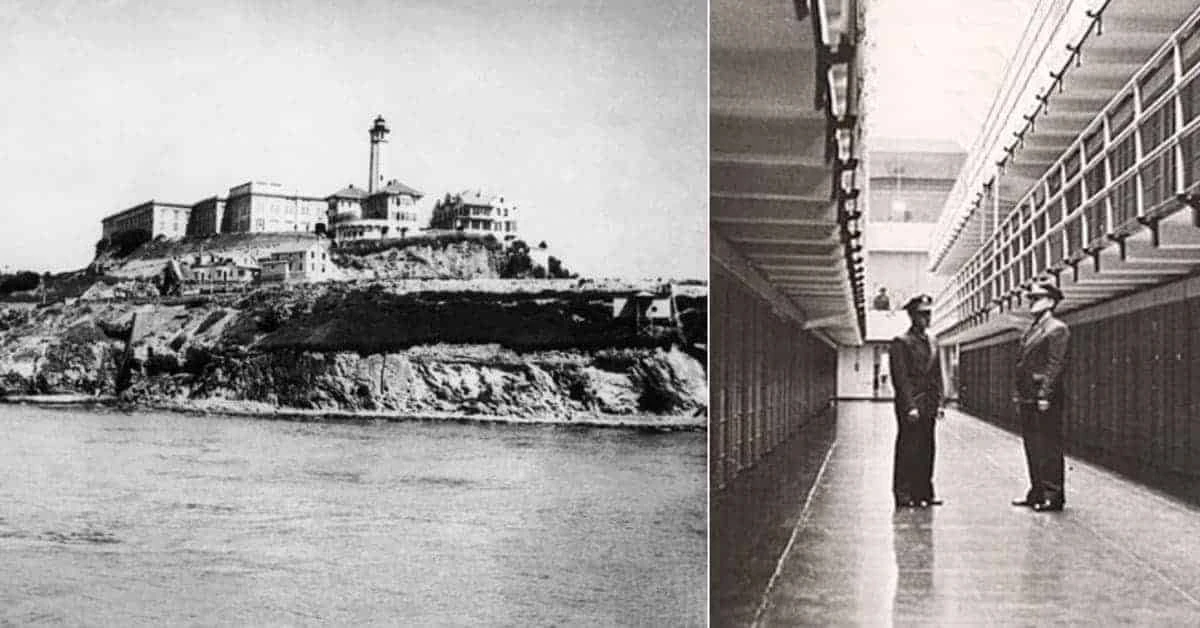History of Alcatraz Island: The Rock

Alcatraz Island, sitting in the middle of San Francisco Bay, is a place with a very interesting and sometimes spooky past.
It’s famous for being a tough prison that held some of America’s most dangerous criminals, but its story starts long before that.
This article will give a detailed walkthrough of the history of Alcatraz Island and show how it changed over time.
A quick snapshot of Alcatraz’s history
1775: Spanish officer names the island “Island of the Pelicans.”
1850: U.S. takes ownership and builds a military fortress.
1898: Becomes a military prison.
1933: Becomes a maximum-security federal prison.
1963: Prison closes.
1969-1971: Native Americans occupy the island.
1973: Opens to the public as a tourist site.
A deeper look at the story of Alcatraz
The first people and the Pelicans
Long ago, before any Europeans came to the area, the Ohlone people lived around San Francisco Bay for over 10,000 years. For them, Alcatraz Island was a useful place.
They used it as a transport hub.
It was also a good spot for collecting food, like eggs from big water birds and fish from the shores.
There’s even evidence that the island might have been a special ceremonial site and a place to isolate people who broke their tribal laws, which is a bit like what it would become later.
The first European encounter
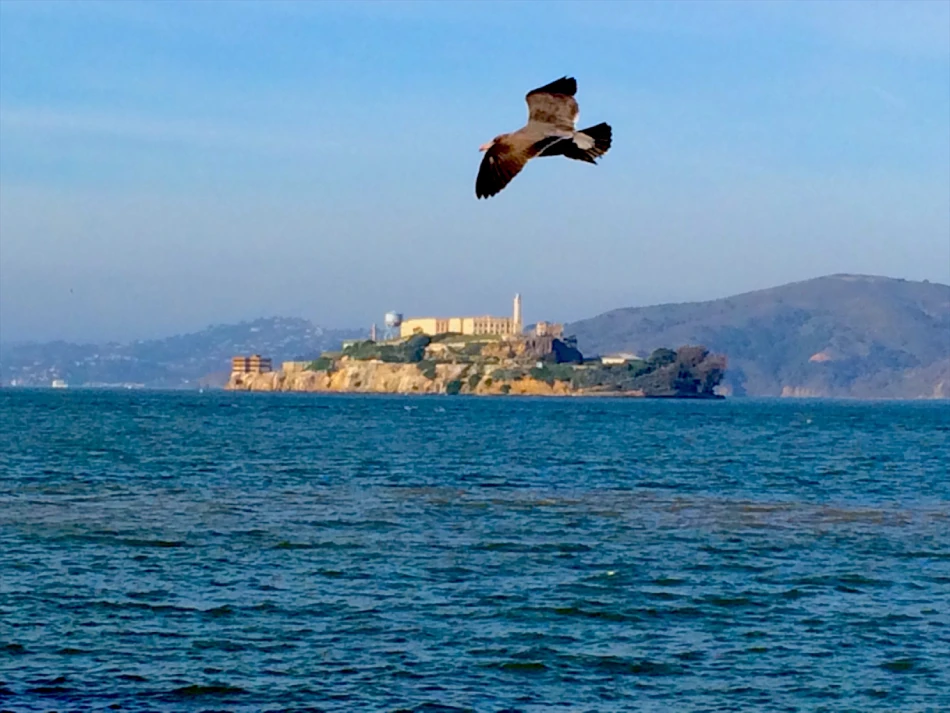
The first European to see Alcatraz was a Spanish naval officer named Juan Manuel de Ayala.
In 1775, he was exploring the California coast and sailed into San Francisco Bay.
He saw so many large pelicans on the island that he named it “La Isla de las Alcatraces”, which in Spanish means “The Island of the Pelicans”.
Over time, this name was shortened to just Alcatraz. For many years after that, the island was mostly empty and not used much.
Turning into a fortress
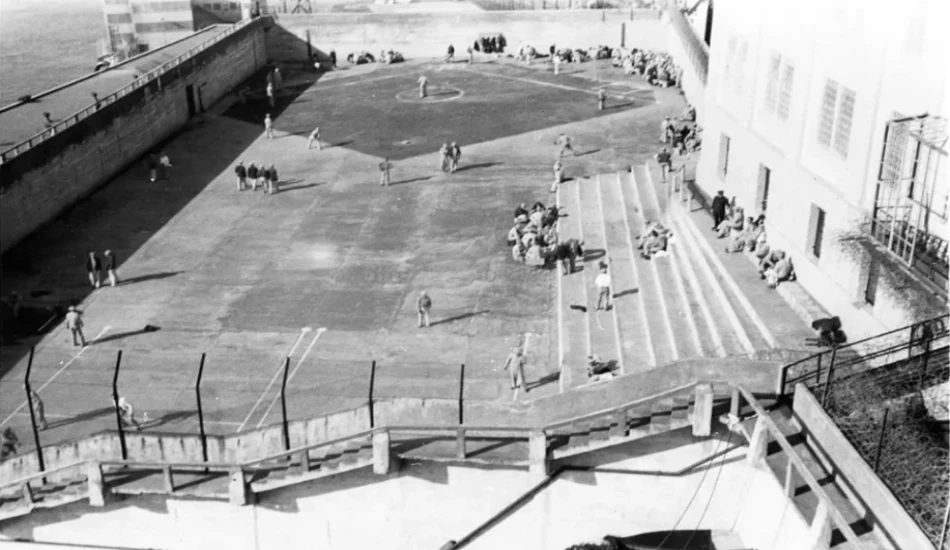
In the mid-1800s, the United States started to worry about protecting its West Coast.
They realized that Alcatraz Island had a very important location at the entrance to San Francisco Bay. Because of this, they decided to turn it into a military outpost to stop any invasions from the sea.
In 1850, the US government officially took ownership of Alcatraz and started building a military fortress there.
By 1859, after a lot of building work, Alcatraz was the most powerful military fort west of the Mississippi River. It also became home to the first lighthouse on the West Coast, which helped ships navigate.
Later, in 1895, some Native Americans, especially Hopi people from Arizona, were imprisoned there for resisting the US government’s land rules and school programs.
Even before it was officially a prison, the US military used Alcatraz to hold prisoners. The icy cold water and strong currents all around the island made it seem impossible for anyone to escape. During the Civil War, people who supported the Confederacy were sent to Alcatraz.
Becoming a prison
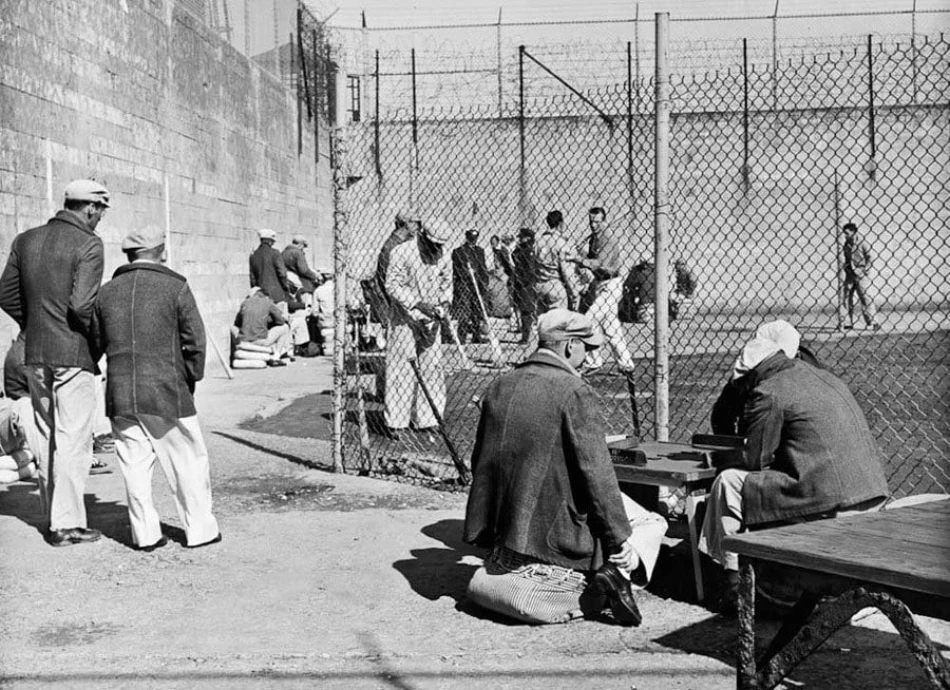
From 1898 onwards, the number of prisoners on the island grew, partly because of the Spanish-American War.
In 1907, Alcatraz was officially named a military prison.
Then, in 1912, a big building with 600 cells was finished on Alcatraz. This building, along with a place to eat (mess hall) and a hospital, is still standing today.
Later, in 1933, the U.S. Department of Justice took control of Alcatraz Island and turned it into the nation’s top maximum-security prison.
The idea was to hold America’s most “incorrigible” criminals (the ones who were very difficult to control).
The prison was made even more secure. Each prisoner had their own cell, and there was one guard for every three prisoners to make sure nobody could escape.
One of the main reasons for creating such a tough prison was Prohibition, the time when making and selling alcohol was illegal in the United States. This led to a huge increase in organized crime, something the country had never seen before.
Famous faces behind bars
Alcatraz became known for housing some very famous and dangerous criminals.
George “Machine Gun” Kelley
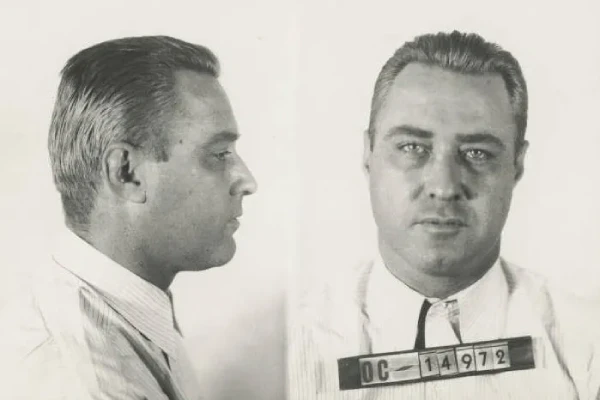
George Kelley earned his nickname for his use of machine guns during violent crimes, including bank robberies and kidnappings. After kidnapping a wealthy oil tycoon, he was caught and sentenced to life. Kelley served time at Alcatraz, where his violent reputation faded—he became known as a cooperative inmate.
Al “Scarface” Capone

One of America’s most notorious crime bosses, Al Capone ruled the streets during Prohibition. Convicted of tax evasion in 1931, he was sent to Alcatraz in 1934. Isolated from his criminal empire, Capone served four years on the island, where his health deteriorated due to syphilis, ultimately weakening his feared persona.
Robert “The Birdman” Stroud
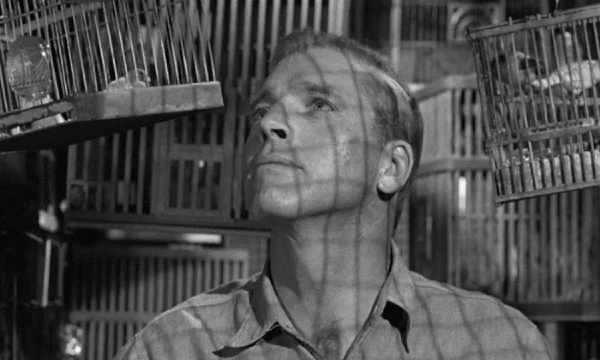
Convicted of murder, Robert Stroud gained fame not for violence, but for his fascination with birds. While imprisoned (mainly at Leavenworth), he studied avian diseases and wrote several books. At Alcatraz, he wasn’t allowed birds but remained a solitary figure. His intellect and strange legacy earned him the title “The Birdman of Alcatraz.”
Alvin “Creepy Karpis” Karpowicz
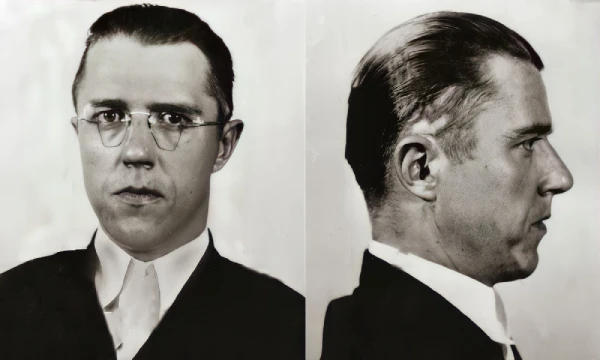
A key member of the Barker-Karpis gang, Karpis was involved in numerous robberies and high-profile kidnappings. Captured in 1936, he was sent to Alcatraz, where he spent 25 years—the longest of any inmate. Labeled “Public Enemy Number One,” Karpis was also the last of criminals captured by FBI Director J. Edgar Hoover.
Life inside “The Rock”
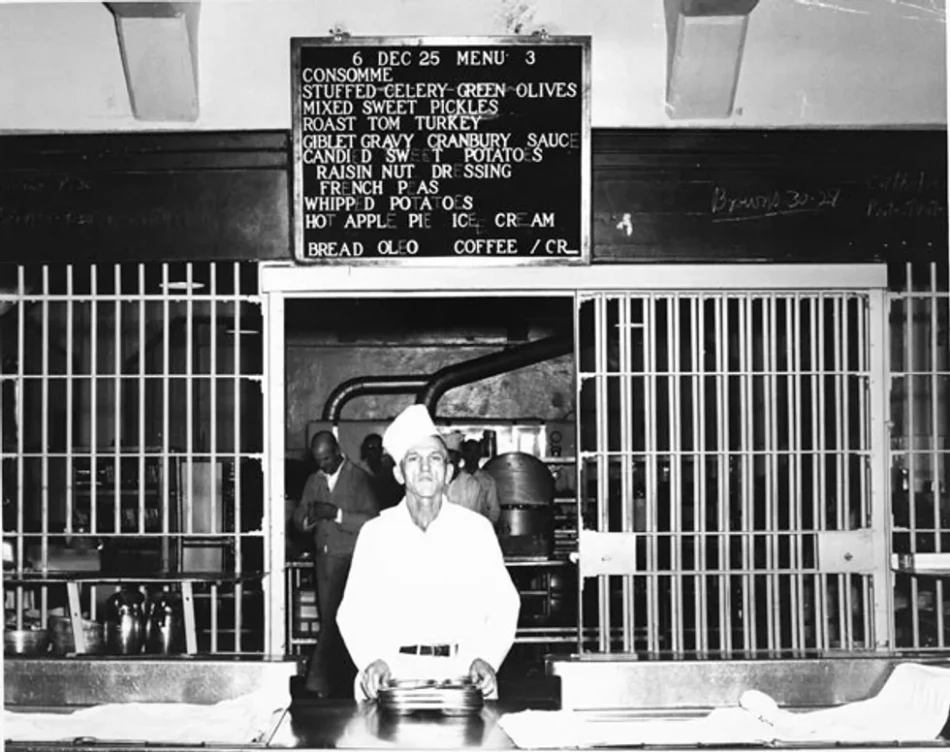
Life in Alcatraz was tough. The prison was designed to be inescapable, surrounded by the cold, strong waters of San Francisco Bay.
- The cells in most of the blocks were quite small, just enough for a bed, toilet, and a small sink with cold water. There was no light in the cells.
- However, prisoners were allowed hot showers, and they could have visitors, although this was strictly controlled.
- Surprisingly, the food in Alcatraz was considered very good compared to other prisons, with meals like bacon jambalaya and roast pork.
- Within the prison walls, there were a few important places. The chapel was the only spot where no violence ever happened between prisoners, offering a place for peace.
- The courtyard was a small open area where prisoners could get some fresh air and socialise. The library was a refuge filled with books, giving prisoners a connection to the outside world. Guards kept a close watch from the watch zone on the second floor.
About 250 prisoners lived on the island at any one time, along with about 150 staff members and their families, who lived in separate housing that used to be military barracks.
Daring escapes and a big battle
Even though Alcatraz was built to be escape-proof, many prisoners tried to break free.
According to the Federal Bureau of Prisons, there were 14 different escape attempts involving 36 prisoners during the 29 years it was a high-security prison. Most of these men were either caught or died trying.
One dramatic event was “The Battle of Alcatraz” on May 2, 1942.
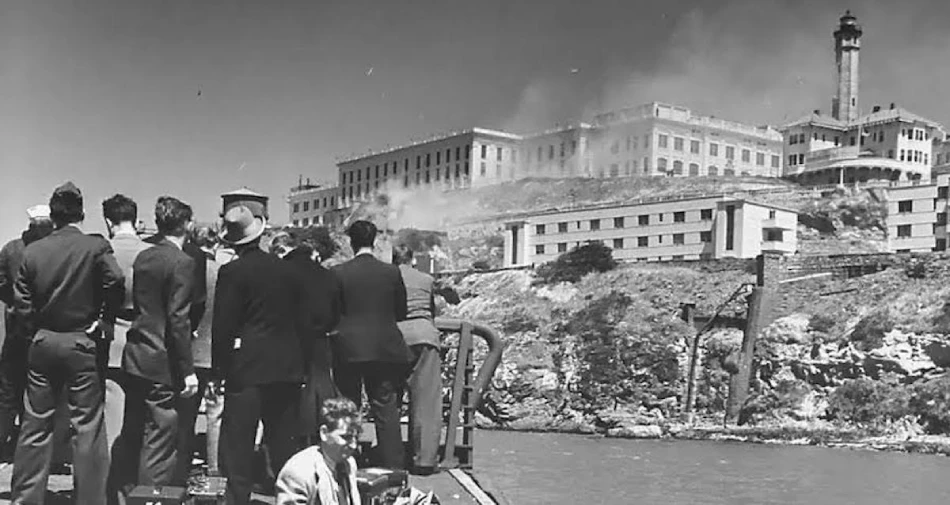
A group of prisoners, led by a bank robber named Bernard Coy, managed to break into the prison gun gallery. They armed themselves, set other prisoners free, and took some guards as hostages, demanding a boat to get off the island. The situation turned into a shoot-out, and the military had to come to help the police and guards. The cell block where the prisoners were hiding was attacked with grenades, which set it on fire. After a 48-hour fight, the prisoners finally gave up after three of their leaders died. Two guards were also killed and 14 were injured. This event has been shown in several movies.
The mystery of the missing men
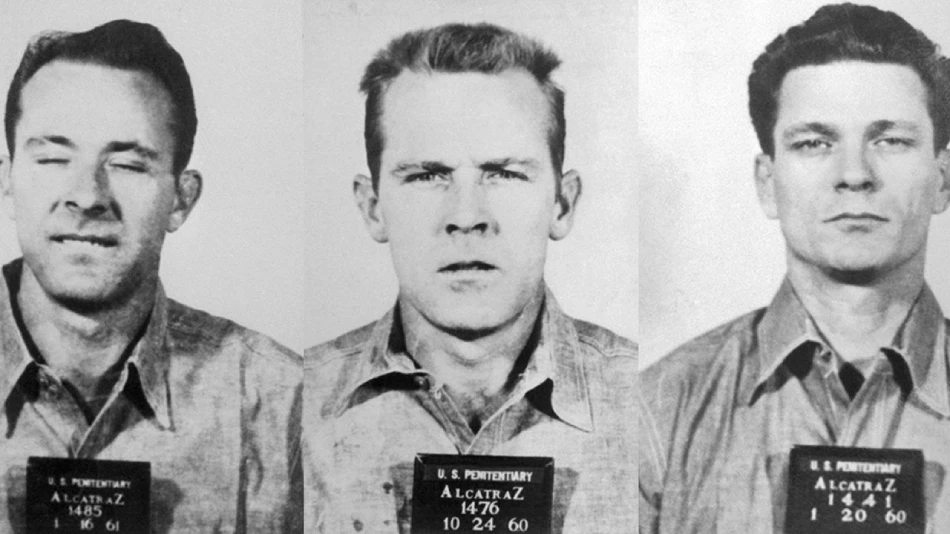
On June 12, 1962, Frank Morris and brothers John and Clarence Anglin escaped from Alcatraz by using a homemade drill to create an unguarded passage.
They climbed to the roof, made a raft from prison raincoats, and tried to cross the bay.
Although pieces of the raft and personal belongings were found, the men were never seen again.
The FBI believes they likely didn’t survive the cold waters and strong currents. Their escape remains one of the most famous unsolved mysteries in American history.
Closing time for “The Rock”
Alcatraz Prison was officially closed on March 21, 1963, by Attorney General Robert Kennedy. There were several reasons for this:
- The prison was in disrepair.
- It was costly to maintain, with supplies needing to be shipped in.
- The mental health of prisoners deteriorated, leading to high rates of suicide.
- The prison was no longer as secure due to the crumbling concrete.
Over its 29 years as a prison, Alcatraz housed more than 1,500 men.
A new chapter: Native American occupation
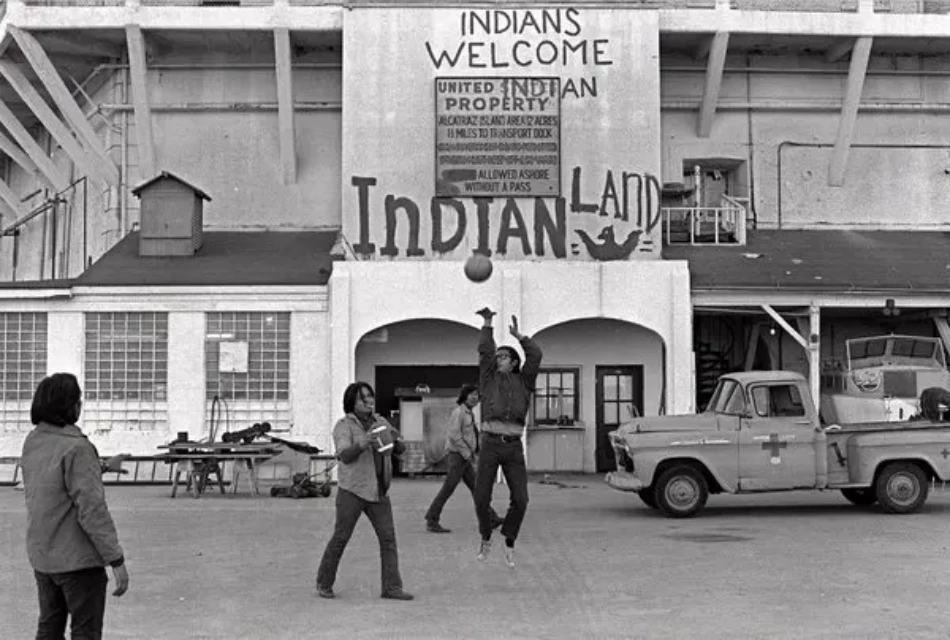
In November 1969, a group of nearly 80 Native Americans, calling themselves the “Indians of All Tribes,” occupied Alcatraz.
They aimed to create a school and cultural center and establish a permanent community. The occupation lasted almost two years and drew significant public support, including from figures like actress Jane Fonda.
In 1971, the U.S. government forcibly removed the protesters. While the occupation didn’t achieve its goals, it became a pivotal moment in Native American activism.
Alcatraz today
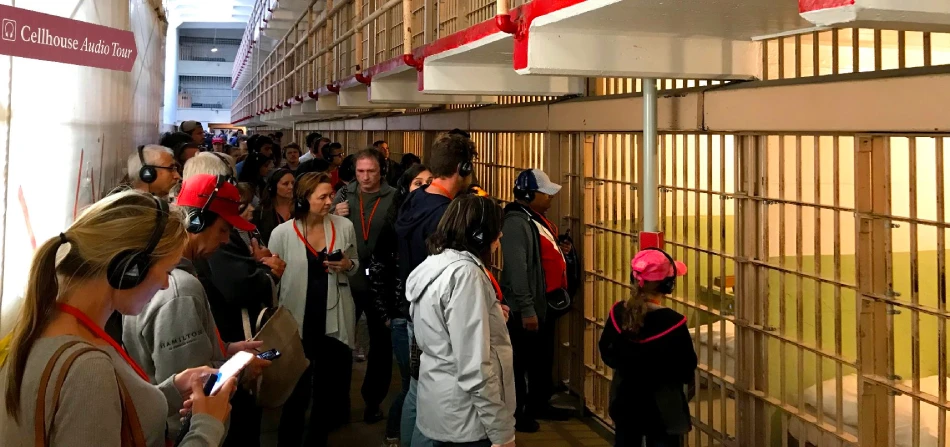
In 1972, the Golden Gate National Recreation Area was created by Congress, and Alcatraz Island became part of it, under the control of the National Park Service.
In 1973, it officially opened to the public for tours.
Now, more than 1 million people visit Alcatraz Island every year, making it a very popular tourist attraction.
Alcatraz is a fascinating historical site, a monument to Native American rights, and a place of natural beauty. Visitors can explore the prison’s cell blocks, mess hall, and solitary confinement areas and learn about the prisoners who once lived there.
Ranger-led programs and exhibits offer deeper insights into the island’s history, including its time as a Native American protest site.
